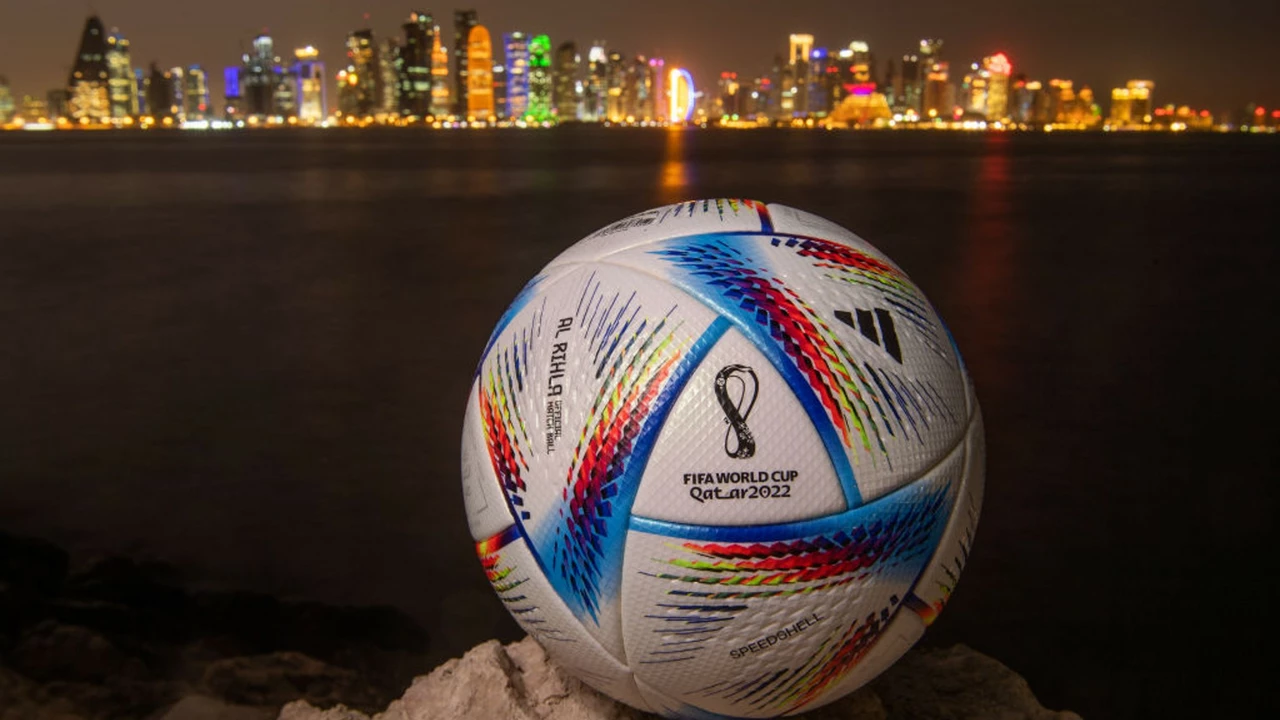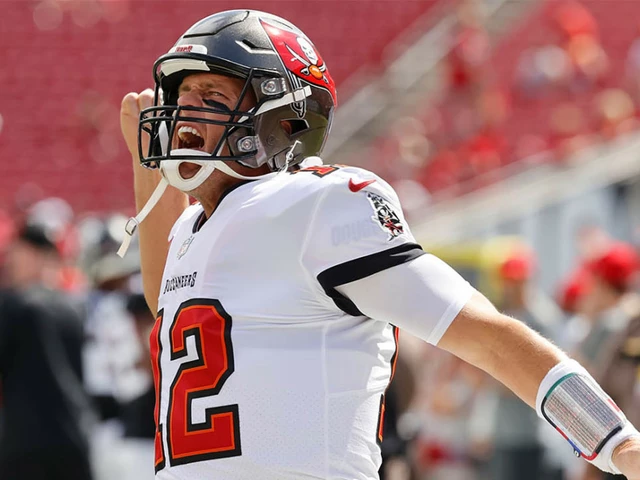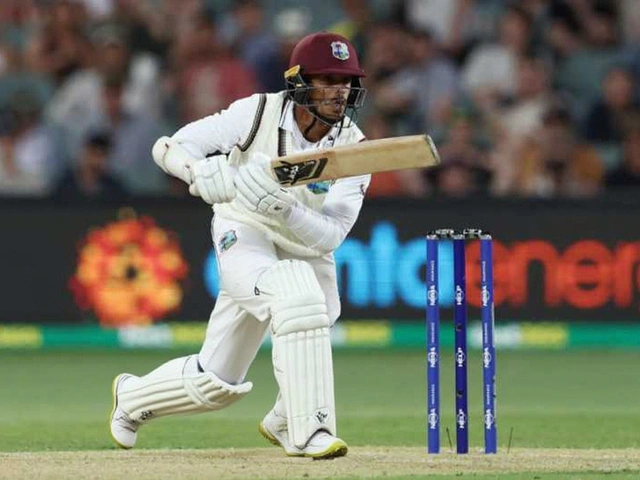Popularity in Sports: Why It Matters and What Drives It
Ever wonder why some games fill stadiums while others struggle to get a handful of viewers? The short answer is popularity. It’s the fuel that keeps leagues alive, sponsors willing to spend, and athletes motivated to push harder. In this article we’ll break down the key factors that make a sport popular, how that popularity changes the game, and what you can do to stay in the know.
What Makes a Sport Popular?
First off, it’s not just about the talent on the field. Media exposure plays a massive role. When a network puts a game on prime time, the whole country watches, and the buzz spreads like wildfire. Think of the NBA Game 7 between the Timberwolves and the Nuggets – the hype was built by analysts, replay highlights, and social media chatter. That kind of coverage turns a regular matchup into a must‑see event.
Second, fan connection matters. People love stories they can relate to. Tom Brady’s 20‑year career is a perfect example. He’s not just a quarterback; he’s a symbol of durability and ambition. Fans follow his journey, buy his merch, and tune in every Sunday because his personal brand boosts the sport’s popularity.
Third, cultural relevance can't be ignored. The World Cup may not be the top sport in the U.S., but its growing fan base shows how global events can capture attention when they tap into national pride or underdog narratives. Even a casual comment like “Do people in the US give a damn about the World Cup?” sparks debate and draws more eyes to soccer.
How Popularity Shapes the Game
Popularity isn’t a one‑way street. Once a sport gains traction, it changes how leagues operate. More fans mean higher ticket prices, bigger TV contracts, and more money for player salaries. That’s why leagues fight to keep their seasons short and exciting – the NFL’s 17‑week schedule keeps demand high and prevents fatigue.
At the same time, popularity brings pressure. Doping scandals, for instance, threaten the credibility that fans trust. When athletes resort to performance‑enhancing drugs, it hurts the sport’s reputation and can lead to stricter testing policies.
Finally, popularity influences what kids try. When you read an article titled “What sports can girls play?” you see a direct link between visibility and participation. More exposure to diverse sports encourages broader involvement, which in turn feeds the cycle of interest.
Staying ahead of popularity trends is easier than you think. Follow reliable sources, watch the big games, and keep an eye on social media buzz. Whether you’re a casual fan or a budding analyst, understanding why certain sports dominate the spotlight helps you enjoy the action even more.
So next time you hear a hype‑filled comment about an upcoming match, remember it’s not just hype. It’s a mix of media strategy, fan stories, cultural moments, and business decisions—all working together to shape what we watch and love in sports.

The World Cup is a massive event primarily because it brings together nations from all over the globe in a celebration of sport, culture, and unity. It's a chance for countries to showcase their football prowess while fans revel in the camaraderie and excitement. The World Cup also garners massive media attention, making it a significant event for advertisers and businesses. It's not just about football; it's a global spectacle that transcends cultural and geographical boundaries. In essence, the World Cup symbolizes international cooperation, shared love for the game, and the power of sport to unite people.





